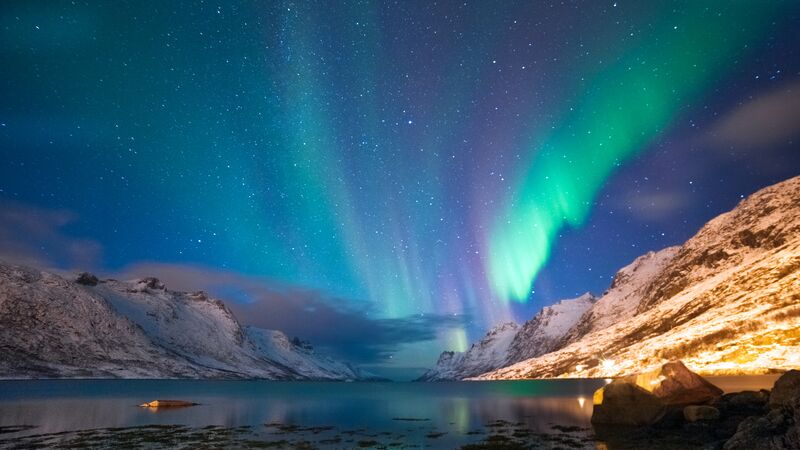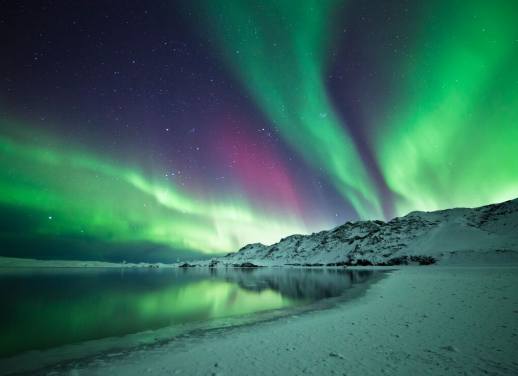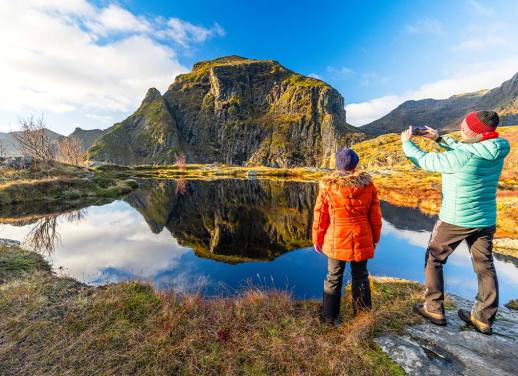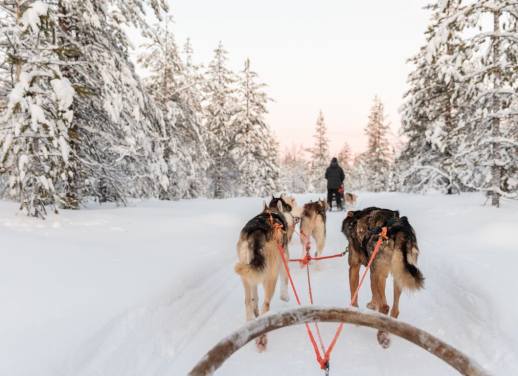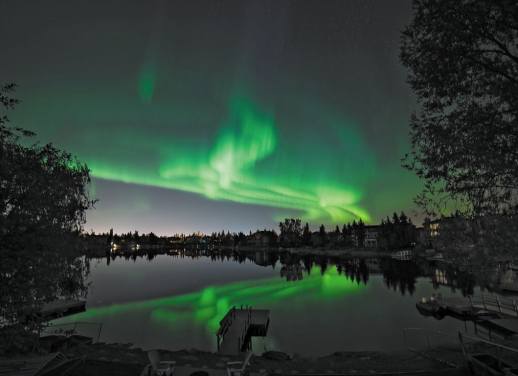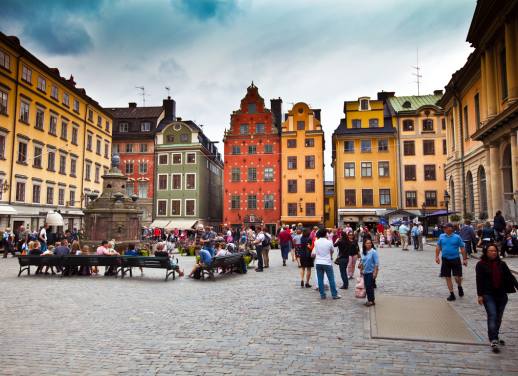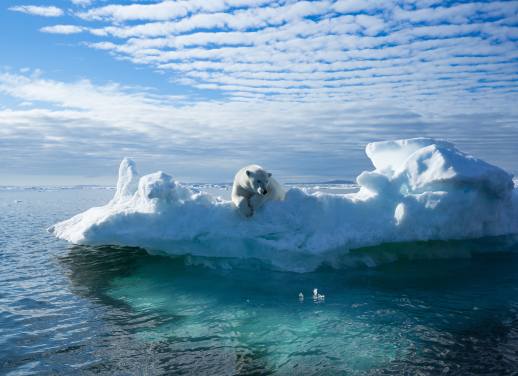If the northern lights have a permanent spot on your travel bucket list, 2024 should be the year you finally cross ’em off. Why? Scientists and astronomers are predicting this will be the best year to see the aurora borealis in over a decade.
A high period of intense solar activity is expected to give the northern lights some extra oomph this year, providing aurora hunters with the best chances of catching a stronger, more powerful show in places like Iceland and Norway. And travellers rejoice: this year the world’s most spectacular light show will be visible in larger areas of the USA and Europe.
So whether it’s your first time witnessing this natural wonder or you’ve seen the lights dozens of times, 2024 will surely bring a northern lights display unlike ever before.
Here are the top 5 places to see the northern lights in 2024:
Top northern lights trips
Why now?
Experts at NASA predict that the sun is about to reach a solar maximum – its highest period of activity in an 11-year cycle. This means that major disturbances from solar storms will make 2024 a super season for the northern lights, and those who head north will be treated to exceptionally bright, brilliant and more frequent celestial shows. Plus, when storms produce more energy, the auroral zone expands, increasing the likelihood of seeing the lights in areas they’re not typically visible.
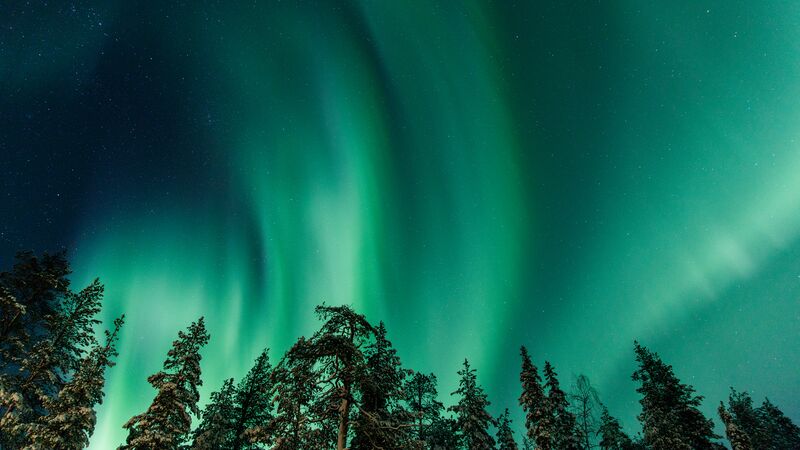
This is a natural light show, of course, and while there’s no way to predict precisely when and where to see the lights, the National Oceanic and Atmospheric Administration’s Space and Weather Prediction Center offers two online short-term forecasts of the intensity of the auroras that can provide a little insight. You can view them in 30- and 90-minute forecasts and a North America-specific forecast for tonight and tomorrow.
Northern lights NOT on your bucket list? Here’s why they should be:
Seeing the northern lights dance through the sky is the only way most of us can experience space weather… without the cost, risk and training of going into space, of course.
Space weather occurs when activity on the sun’s surface and subsequent solar wind fills space with a stream of charged particles that surge toward Earth at breakneck speed. The Earth’s atmosphere and magnetic field typically form a protective shield against solar winds, but occasionally, a storm will send charged particles down the magnetic field toward the North and South Poles, where they slip through the barrier.
In layman’s terms: these sneaky little sun-charged particles collide and interact with the gases in our atmosphere, erupting into colourful displays of light in the sky. Oxygen particles glow green and red, while Nitrogen gives off blue and purple light. It’s not exactly what we’d call flying under the radar, but we’re not complaining.
Don’t miss the shot: read photography tips from Intrepid’s photo experts
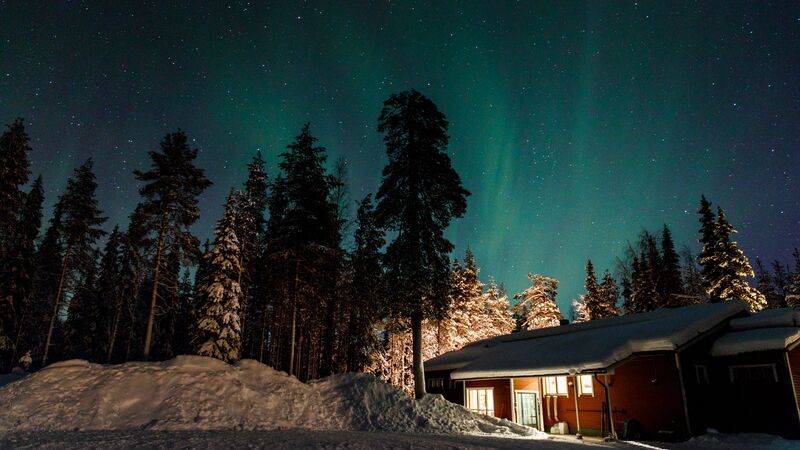
One of the most magical parts about seeing the northern lights is that no display will match the next because the aurora can appear in dozens of forms. You could witness rippling bands, waving ribbons, bright arcs or just an eerie green glow. Sometimes, the lights move so slowly it’s barely noticeable; sometimes, they flash and dance across the sky. Either way, there really is no such thing as “been there done that” when it comes to seeing the lights… because, trust us, you can never really get enough.
So, for those of us who love all things space but aren’t astronauts or millionaires or just prefer to keep two feet gravitationally on the ground, seeing the auroras is the closest we’ll get to actually being in space.
If you’ve ever had the northern lights on your wishlist, now is the time to cash in your annual leave, get your camera ready and head north. For your best shot at seeing the auroras, check out Intrepid’s range of northern lights trips.

